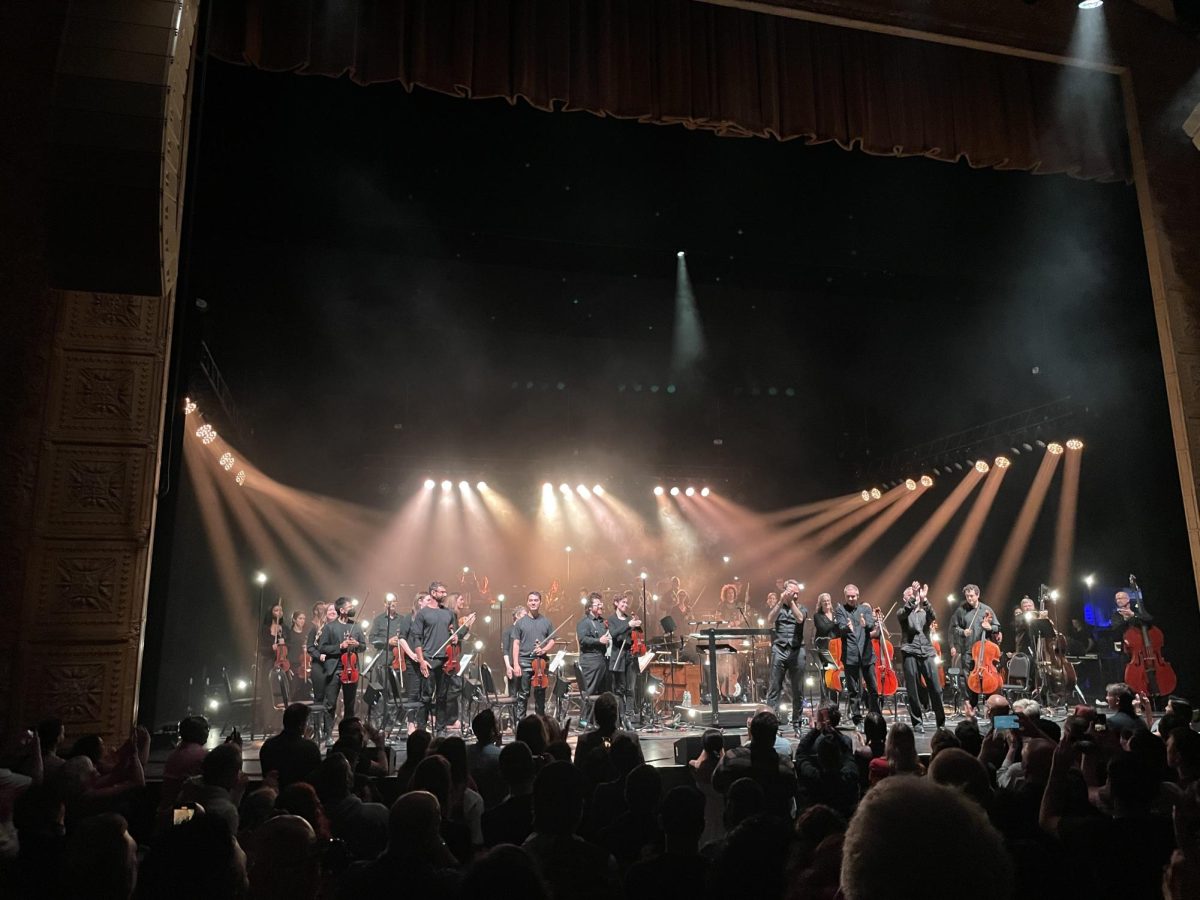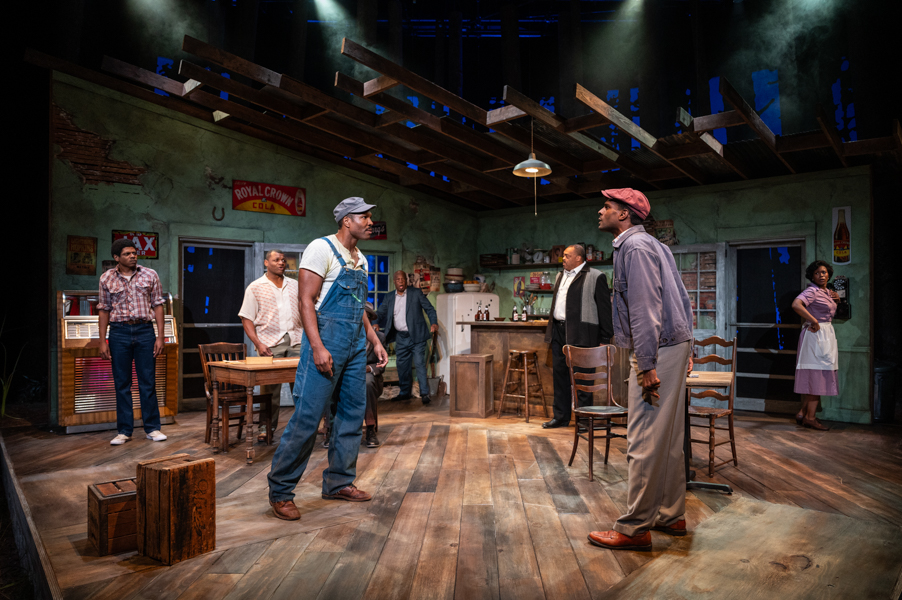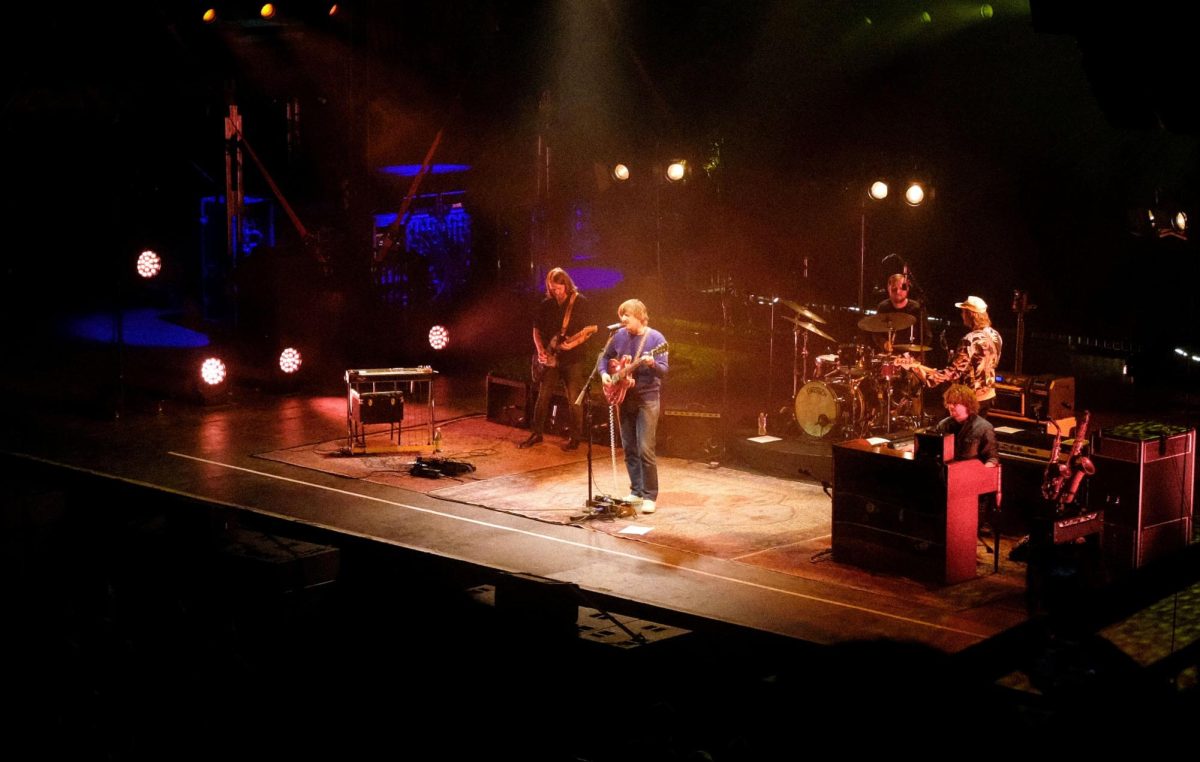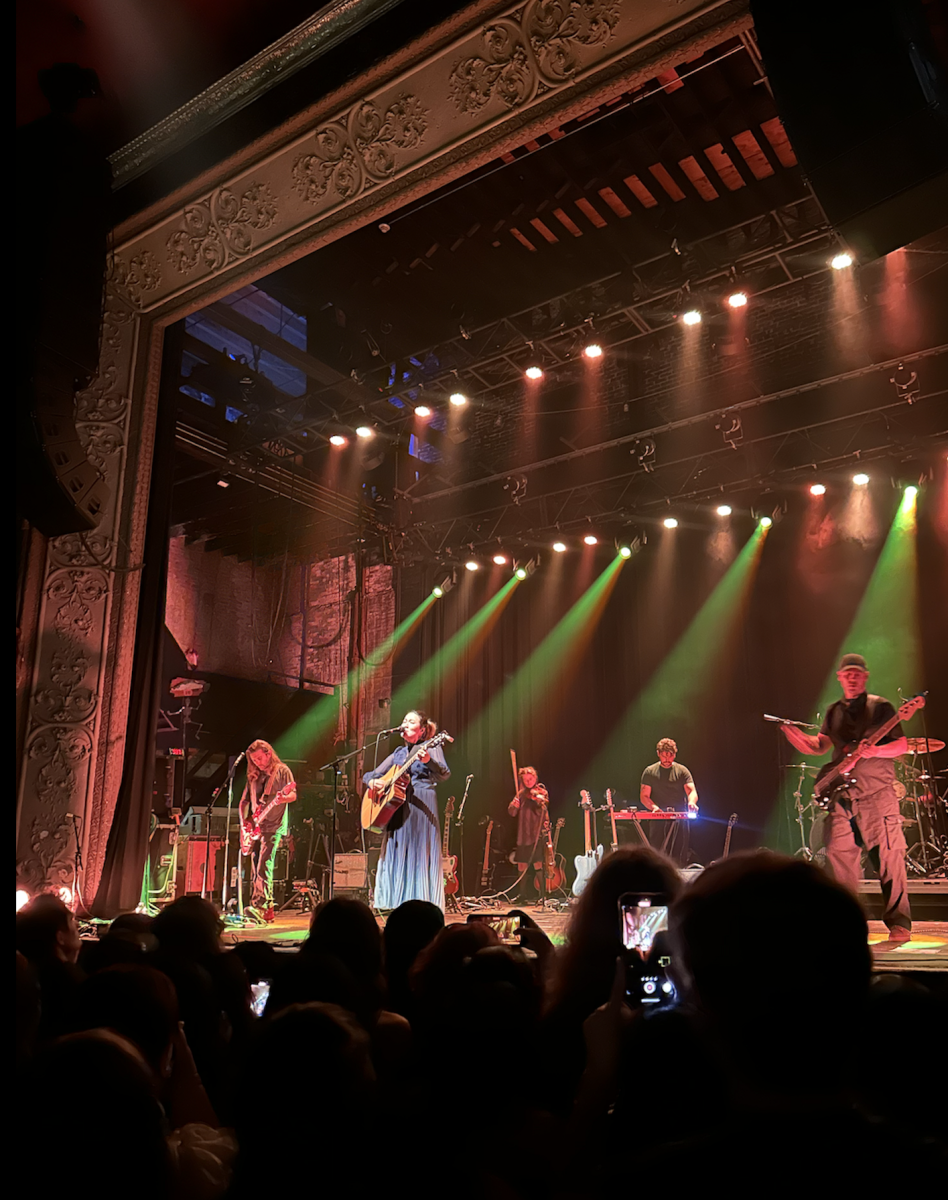On the night of February 15, at the national convention of the American Choral Director’s Association, the Concordia Choir of Moorhead, Minnesota was singing in New York City. The single work on the program was a piece by Rene Clausen in its premiere performance entitled “Memorial (September Morning).”
The hundreds of freckled, innocent-looking Minnesotans who filled the stage were preemptively mindful of their surroundings. All–the black-clad chorus and orchestra, and especially, as he approached the podium, the ashen Clausen–wore faces of solemnity. No joking allowed! In Riverside Church, with a piece that would make The Two Plane Crashes explicit with timpani as well as engage in various other cliche musical gestures, Maestro Clausen fully enjoyed the rhetoric of melodrama surrounding his magnum opus. Oh, he wanted the audience to cry. In fact, he wanted us to arrive at the concert in the spirit of crying. I couldn’t wait for the thing to be over.
When I read in the CSO program notes last Friday that Melinda Wagner’s “Extremity of the Sky,” also a premiere, was supposed to reflect “the strange and horrible atmosphere of the months of late 2001 and 2002, when most of it was composed,” I was all set to be cynical again. The concert had opened with a classically classical Haydn symphony, which, despite the brass section’s occasionally questionable pitches and the audience’s boredom, still allowed Barenboim his signature shimmy on the podium. As Barenboim–or, as he is billed now on the CSO’s trendy publicity posters, “db”–and the orchestra grooved to the allegro finale, the audience was similarly buoyant. Why abandon this for angst-ridden postmodernity or for the crocodile tears of a post-September 11 America?
But unlike Rene “Spiderman” Clausen’s “Memorial,” “Extremity of the Sky” did not once impose an emotionally insincere reminiscence of the so-called “strange and horrible time” on its listeners. Yes, it used dissonance: each tone of the vibraphone, one of the many percussion instruments Wagner used (including a suspended cymbal, a water-gong, and some children’s toys), was a jarring minor second. Yes, it engaged in those musical idioms that perturb and appall many Bach lovers. It rarely sounded key-linked, except for an occasional A-minor moment in the second movement. Its movements were vague and suggestive, not rigorously defined. No, I did not hear anyone humming any catchy melodic fragments during the intermission.
But if we were supposed to remember the Age of Violence and American Ideological Anxiety of which the piece was supposedly a product, such memories were secondary to a greater experience of music itself. Wagner herself claims that for once, a piece of hers was inspired by something from life. But instead of forcing its listeners to remember A Tragic Time and adjust their reactions accordingly, the piece immediately draws the audience’s attention to lyrical matters: the eerie flute solo in the first movement, the piano’s low bass notes (especially effective on the Steinway concert grand), the hollow perfect fourths in the piano part during the second movement, the relationship of the piano to the percussion, the division and lack-of-division between the four movements.
And Emanuel Ax, pianist in a piece that is described as the difference between a piano concerto and an orchestral piece involving a piano, was the perfect choice. Ax was neither the soloist nor the unsoloist, but he showed no problematic performer’s egotism in this ambivalent position. Never the manneristic show-off, as I think Barenboim would have been had he sat at the bench, Ax played the fast technical passages and the slower lyrical ones with a confidence simultaneously mature and humble.
Wagner’s piece had elements of Debussy (the piano part recalled, among other things, the Etude for blocked chords), overtones of Messaien, and during some of the pianistic parts, it even reminded me of Gershwin. With these names already evoked by the music, Franck’s Symphonic Variations for piano and orchestra and Debussy’s La Mer were excellent pieces to come after “Extremity.” By following a brand-new piece with Franck and Debussy, the CSO’s program both moved on from what could have turned into a propagandistic spiel of Americana and gave Wagner a place in the international roster of big-name modern composers. Like “Extremity of the Sky,” the Franck is difficult to classify: is it an orchestral piece with a piano in it, or does it showcase pianism? (Ax, playing from memory, pointed us in the latter direction.) But like the fragmented Wagner, the theme and the subsequent variations slip quickly into the ether. In Debussy’s La Mer, whose movements’ names are descriptive of a shimmery waterscape, form is just as nebulous. Debussy’s is a music of moments: he writes sketches, episodes. And despite Barenboim’s exaggerated, affected conducting, in its interpretations of these works, the orchestra was clearly conscious of the moodiness, and ephemerality, of all the music on the agenda.
A century from now, will orchestras still be performing Melinda Wagner? Will other pianists aspire to play her works with the future members of the CSO? Will the authors-to-be of Harmony and Voice-Leading’s next edition cite this piece when they write the chapter on chromatic voice-leading technique? Whatever the answers to these questions, it’s certain that a sickly-sweet, manufactured grief for September 11 and its victims will not saturate future performances of “Extremity of the Sky.” When, in the minds of the next generation of concertgoers, troubled memories of the Pax Americana and what it entailed begin to fade, this composition will not fade with them. Eat your heart out, Rene Clausen.







